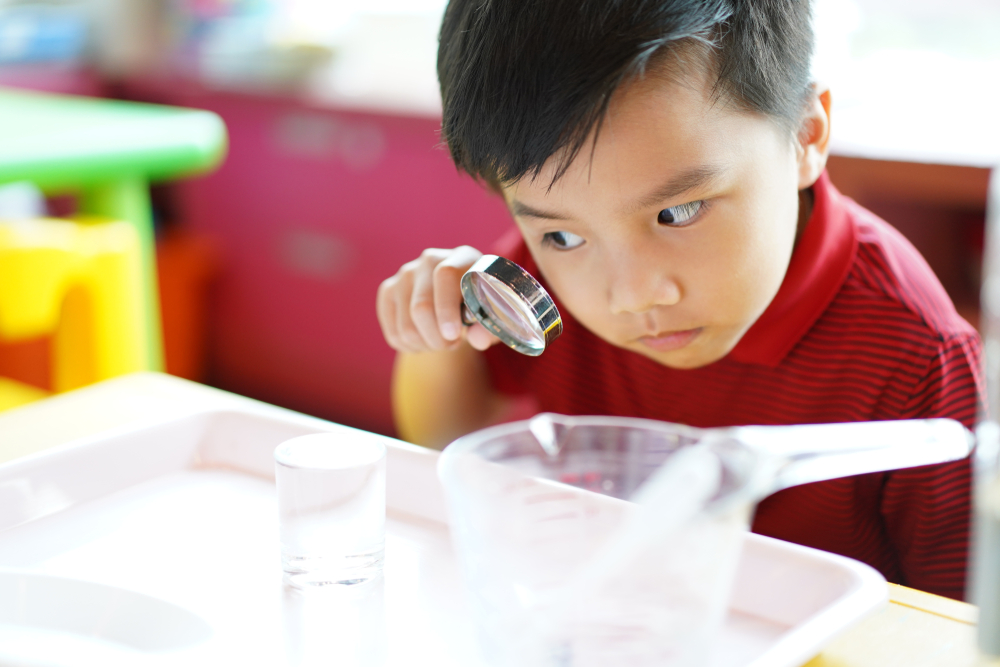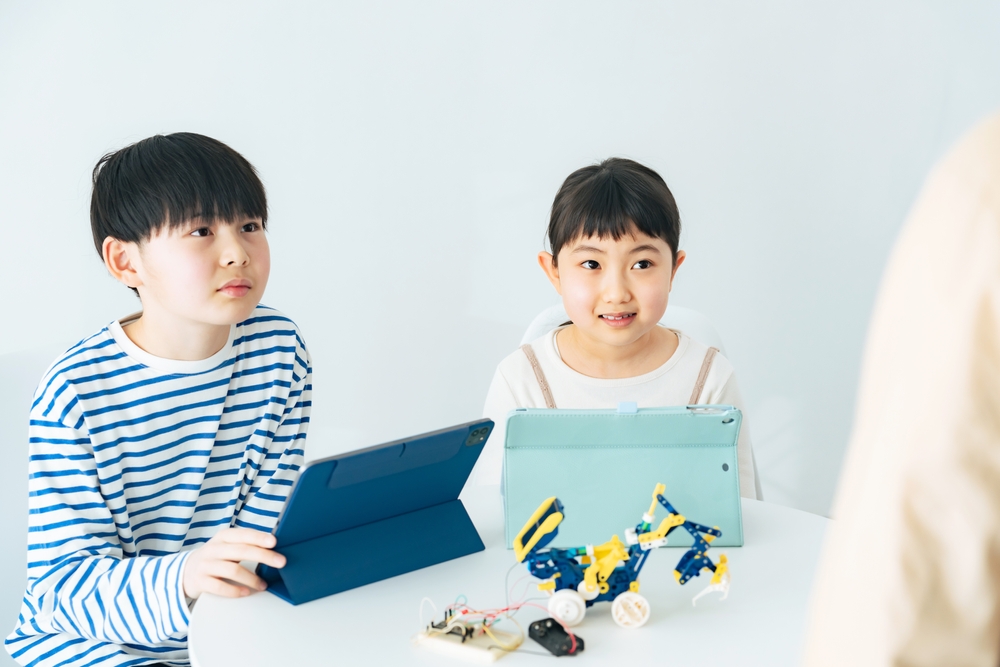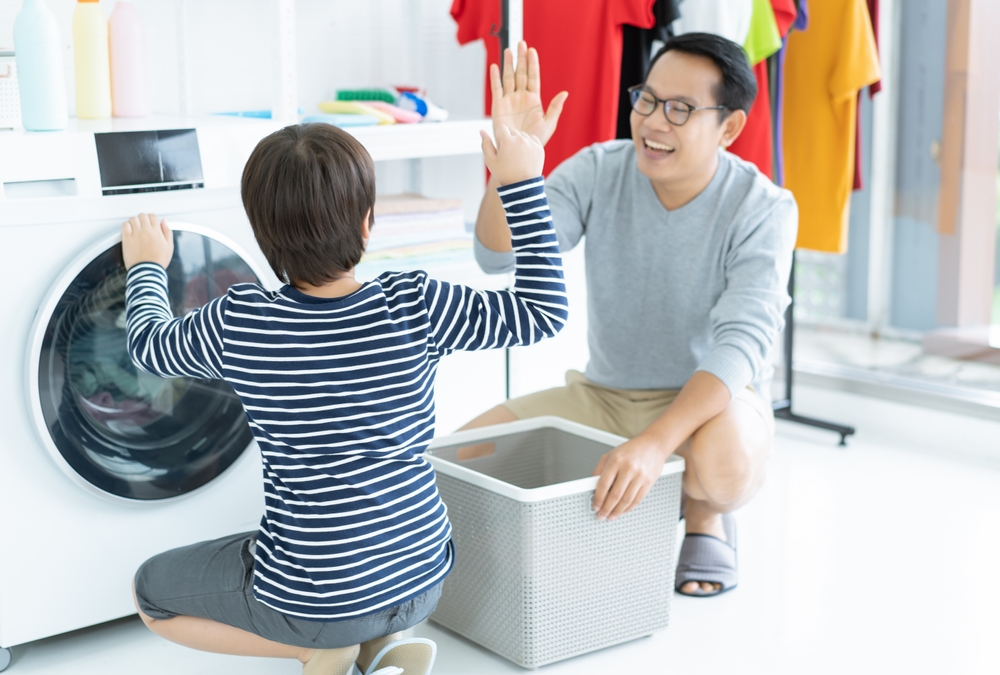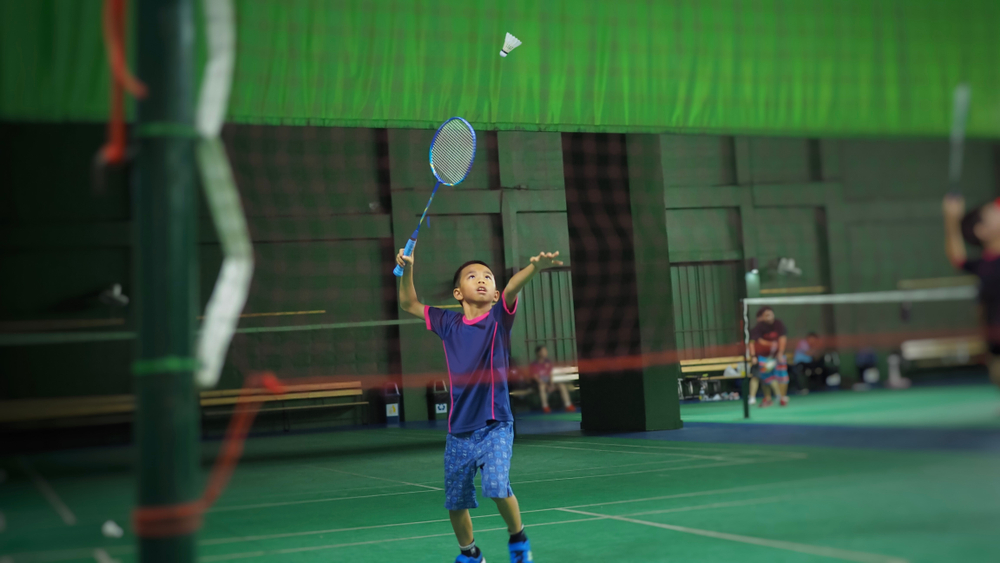Parents Zone
February 2024

Written by: Fung Ji Hei, Game Therapist
When Ji Fung, a first-grader, didn’t return from the restroom after a while, the teacher sent the male class leader to check on him. After a while, the class leader came back panting, saying, “The entire restroom is soaked!” So, the teacher went to investigate personally. Upon arriving at the restroom, the teacher saw a flood, with water and bubbles everywhere, and Ji Fung was “washing his hands” in one of the sinks. The teacher asked, “What are you doing?” He replied, “Washing my hands and seeing why there are bubbles.” To prevent any danger, the teacher stopped Ji Fung’s actions.
Ji Fung is a very curious child, but his curiosity often causes inconvenience for others and himself. He likes to question everything and even more, he likes to try everything. Once, in order to see if he could fit through the hole in the back of a chair, he got his head stuck in it for about an hour. It was only after a worker used tools to break the chair that he was able to free himself. Despite his numerous terrifying experiences, nothing has deterred him yet. The teachers are at a loss because Ji Fung is not a bad student. Punishment alone is futile, so they need to think of other solutions.

“Naughty”: A Multi-faceted View
Describing Ji Fung as “naughty” is perhaps the most fitting, and this trait is quite common among children, albeit to varying degrees. What is “naughtiness”? We often associate it with words like “mischievous” or “playful,” which mostly carry a negative connotation. However, from a positive perspective, naughtiness can have many benefits. First, it’s not hard to see that naughty children love to play; they are motivated to play at all times, and these motivations often stem from their curiosity. They satisfy their curious thoughts through different methods, sometimes disregarding consequences and limitations to personally try and explore solutions to puzzles. Secondly, most “naughty” children are somewhat clever and know how to play better than others, so they use various ways to express their creativity, coming up with ingenious methods to play. In summary, “naughtiness” can be seen as a mix of curiosity and creativity, only becoming problematic when it is not properly controlled and leads to trouble.
What can you do if you have a “naughty” child around?
- Relax
Naughty children can easily make their caregivers nervous because they often do unexpected things, sometimes even causing embarrassment. We need to understand that naughtiness is one of the children’s natural traits, and they are in the process of learning. We need to patiently keep pace with their growth, avoiding suppressing their development for the sake of our own pride.

2.Set Boundaries
Naughty children often cross boundaries due to a lack of understanding of them. We can set rules with them and implement them effectively. This not only ensures the children’s safety but also establishes their understanding of limits.
3.Satisfy Curiosity
To address the issue at its root, we need to satisfy their curiosity. The method is to teach them how to think and find answers. For example, parents can teach them to find answers through reading or take them to nature to train their observational skills, which can help them face future challenges.





























